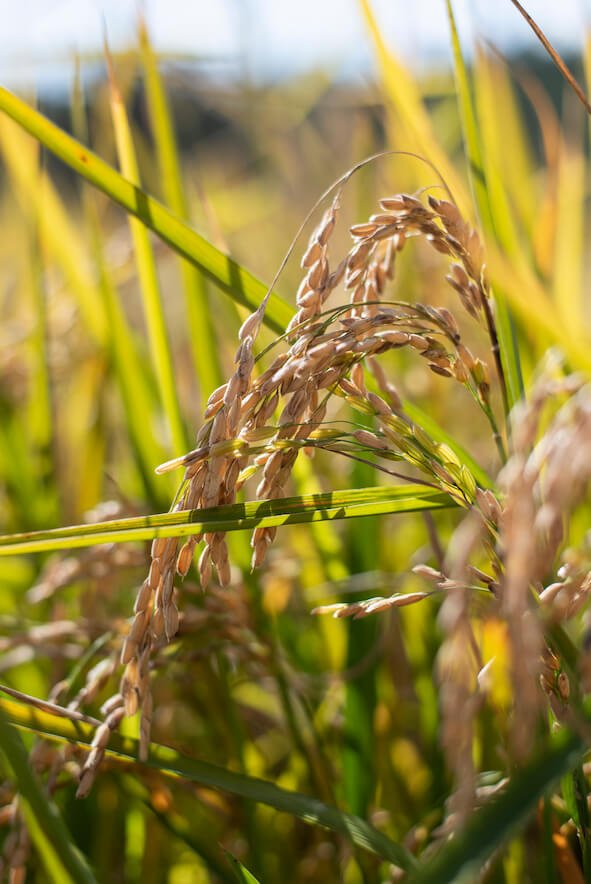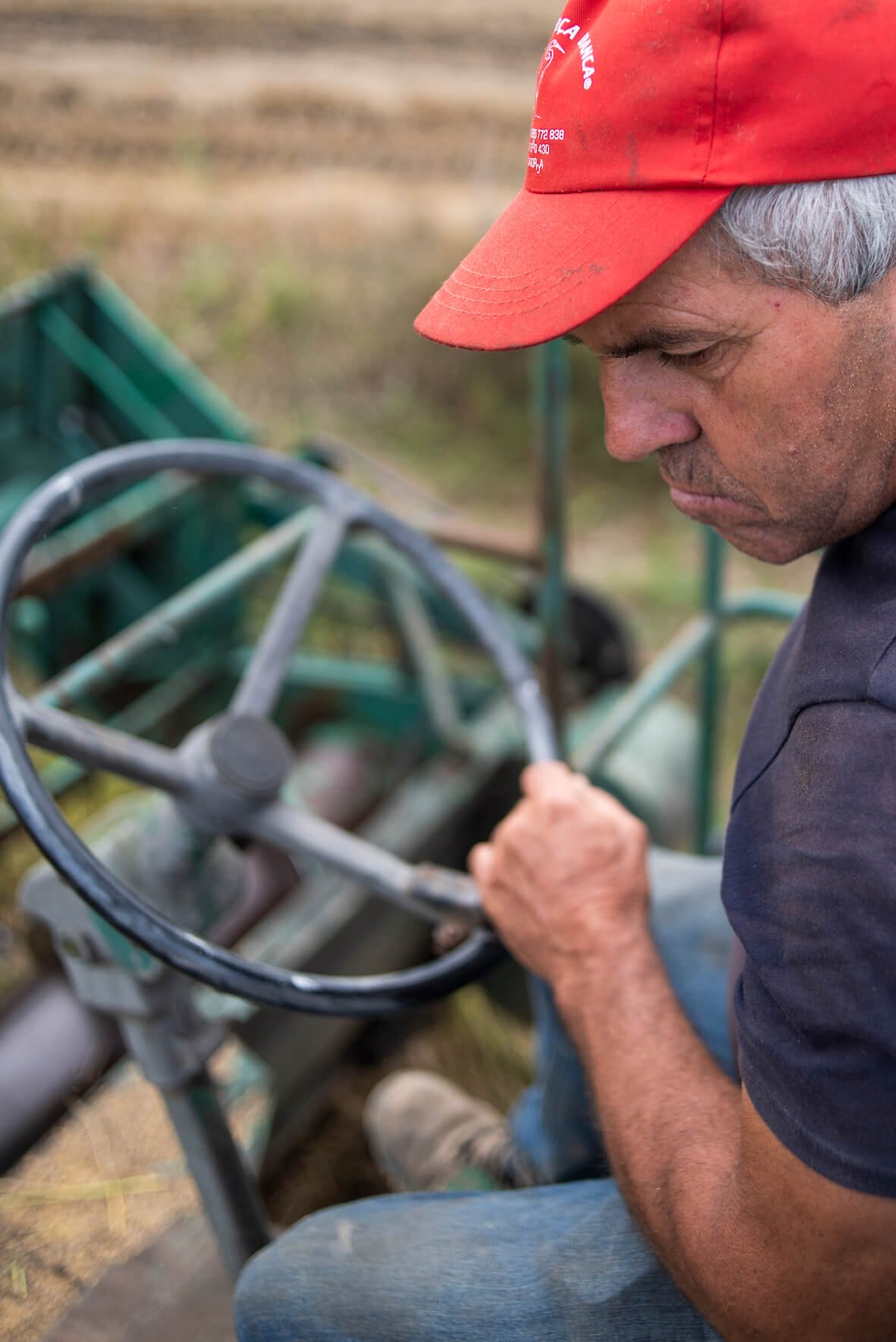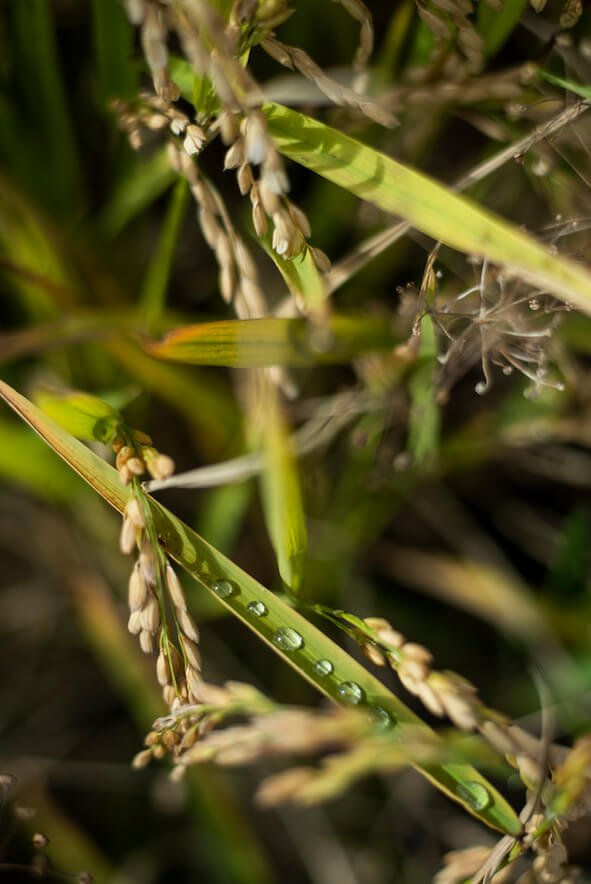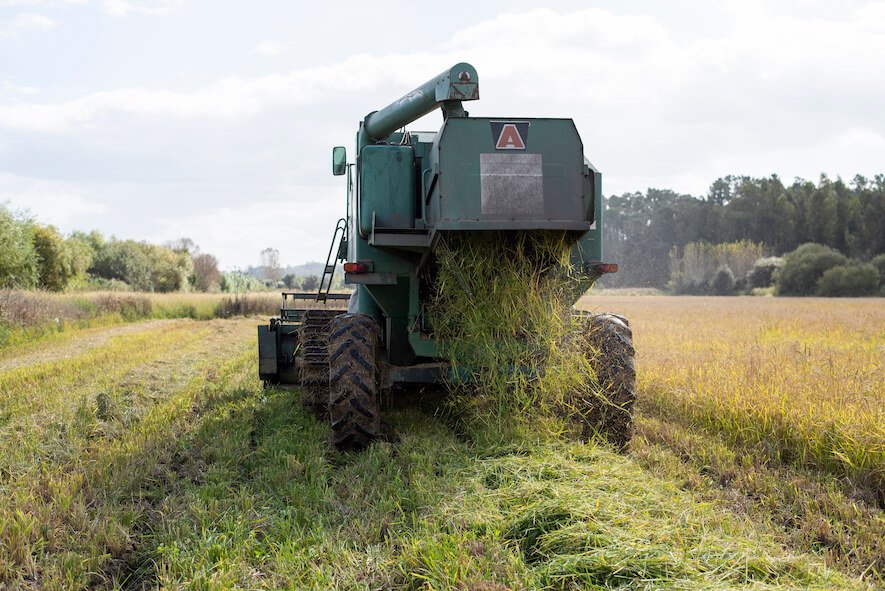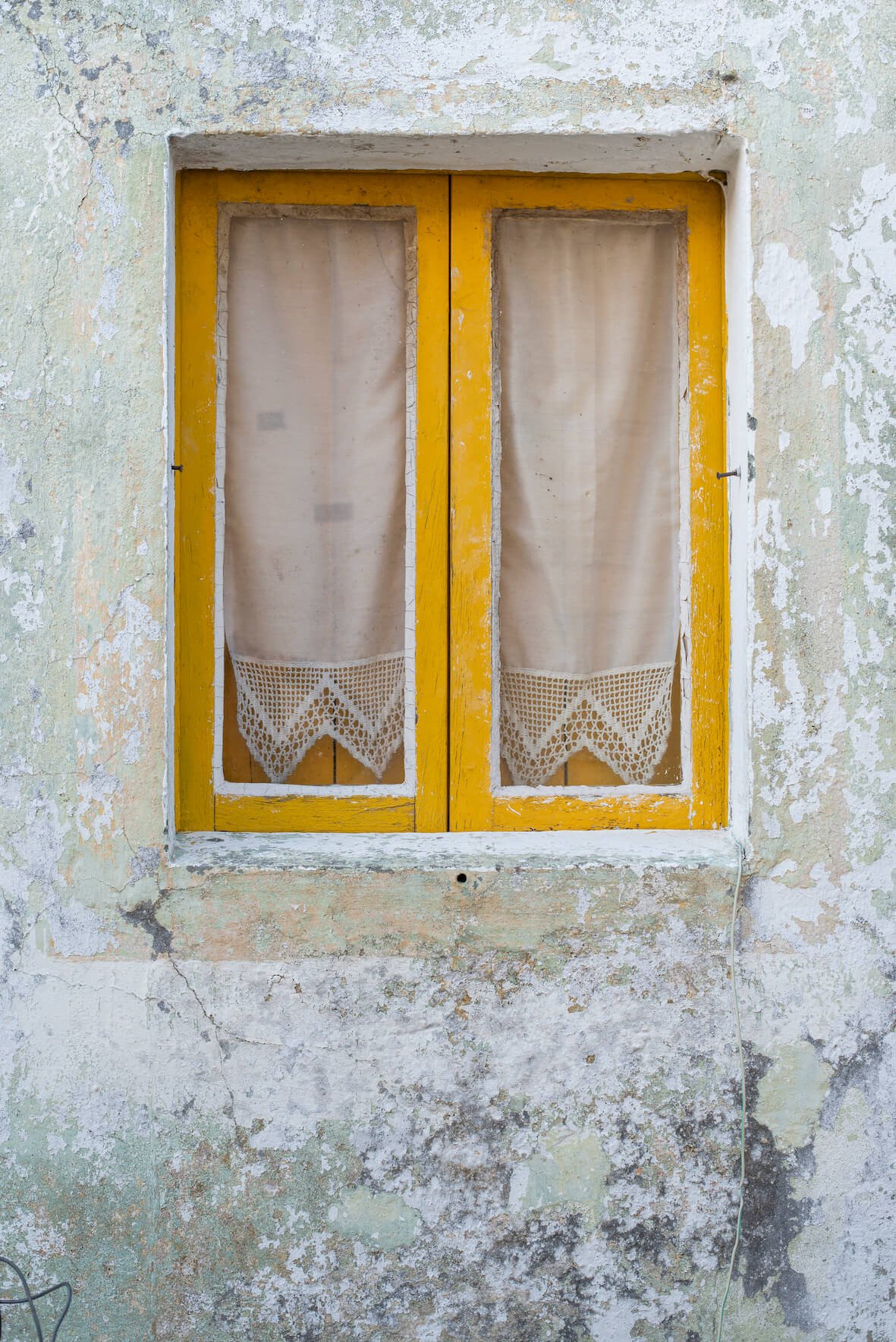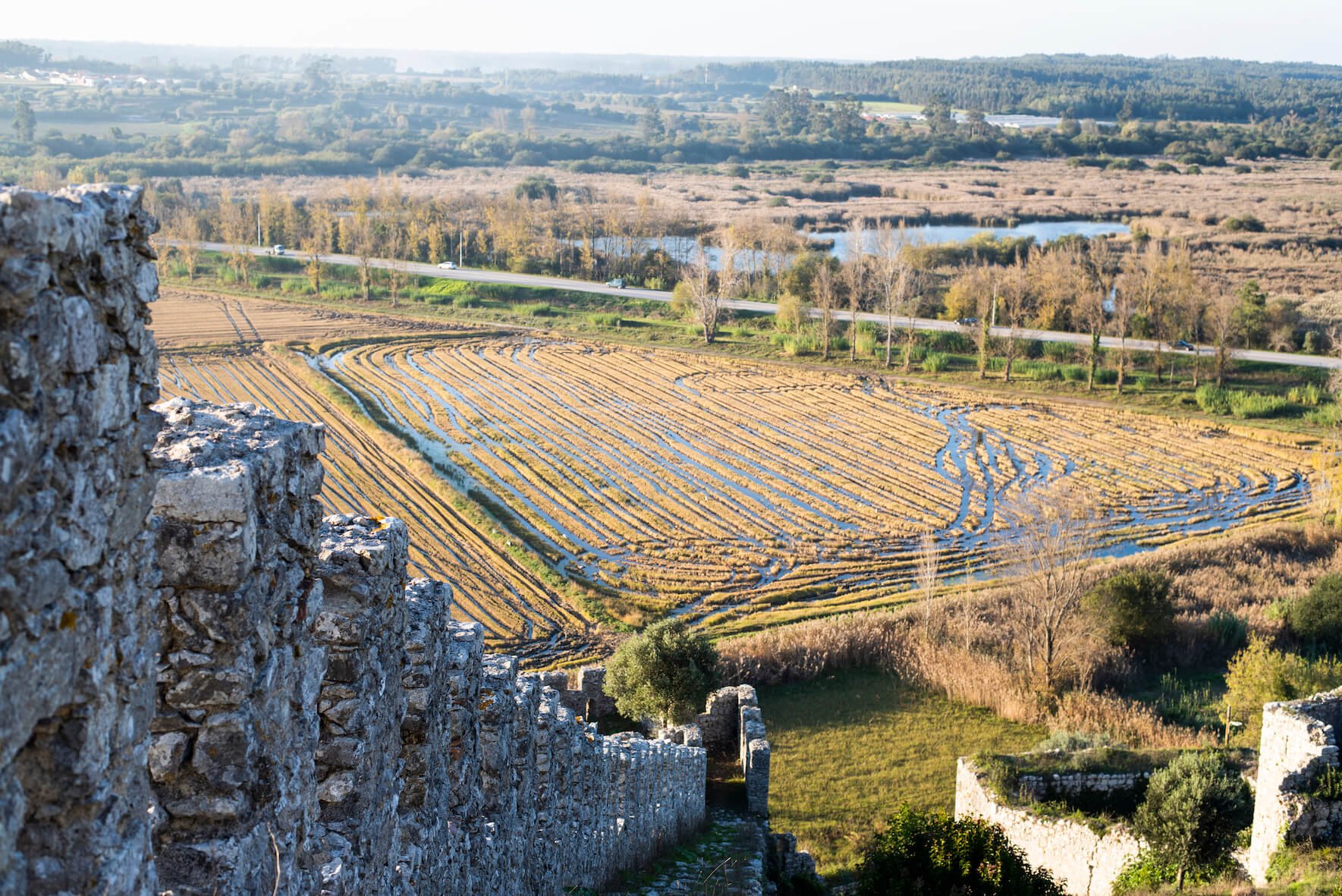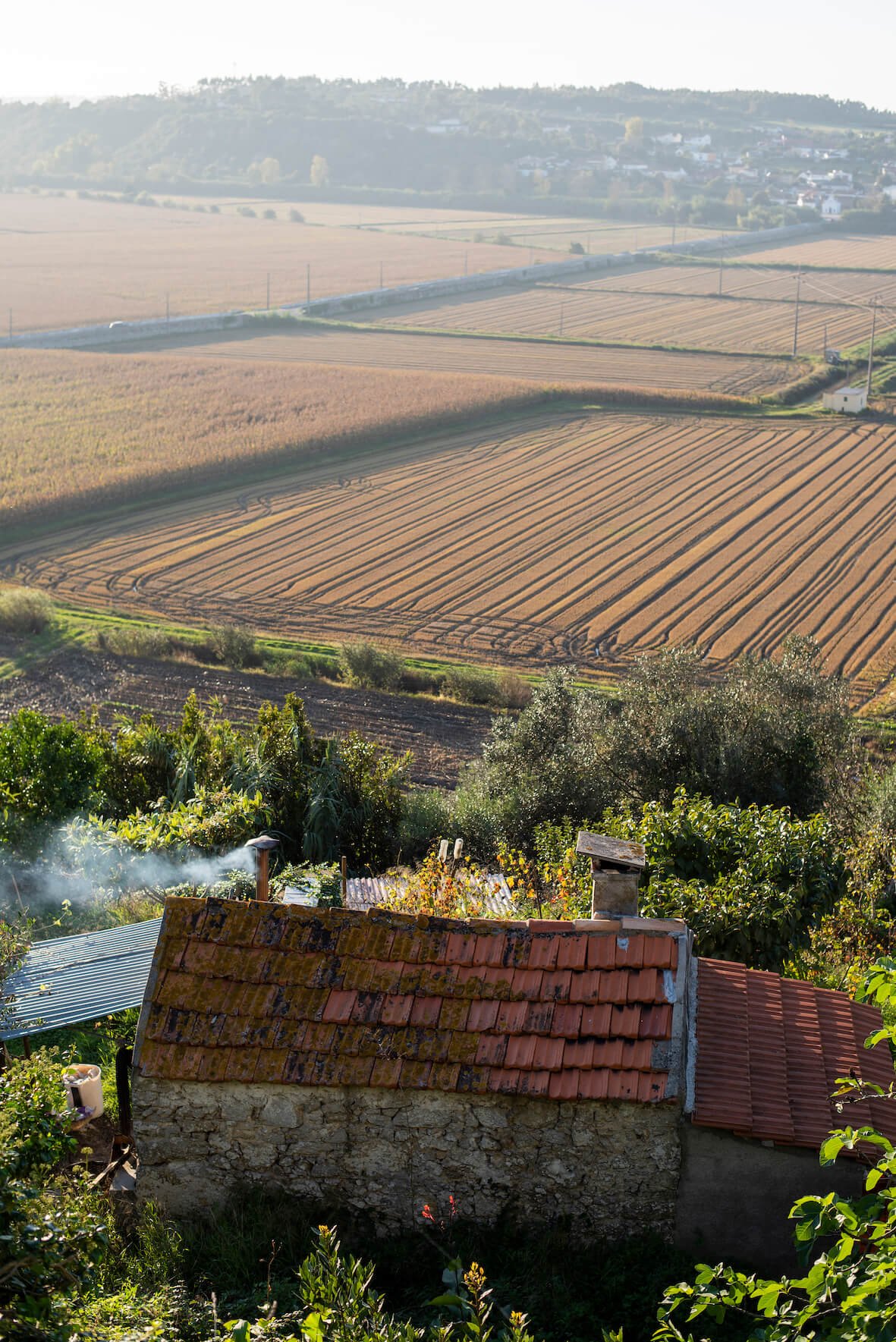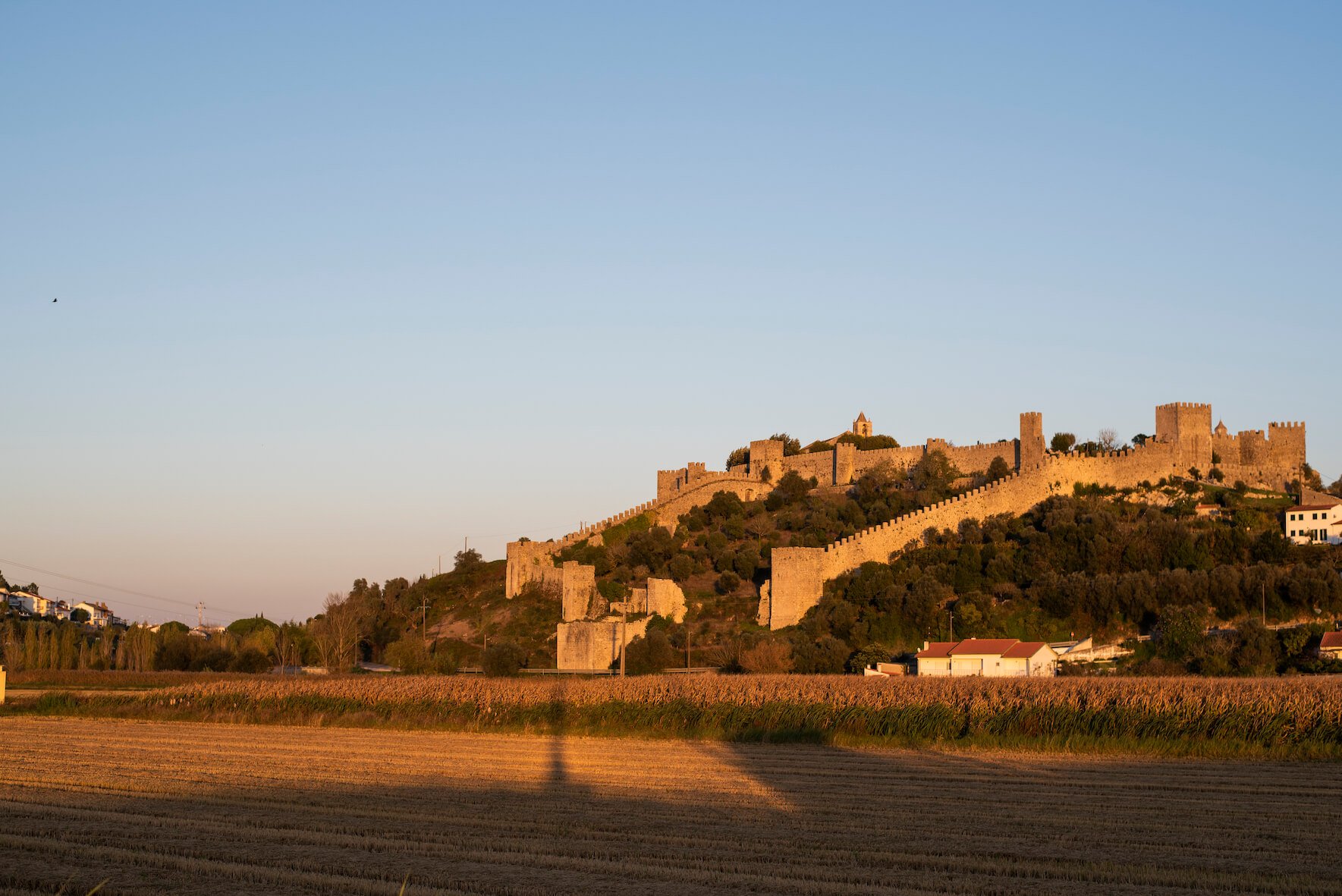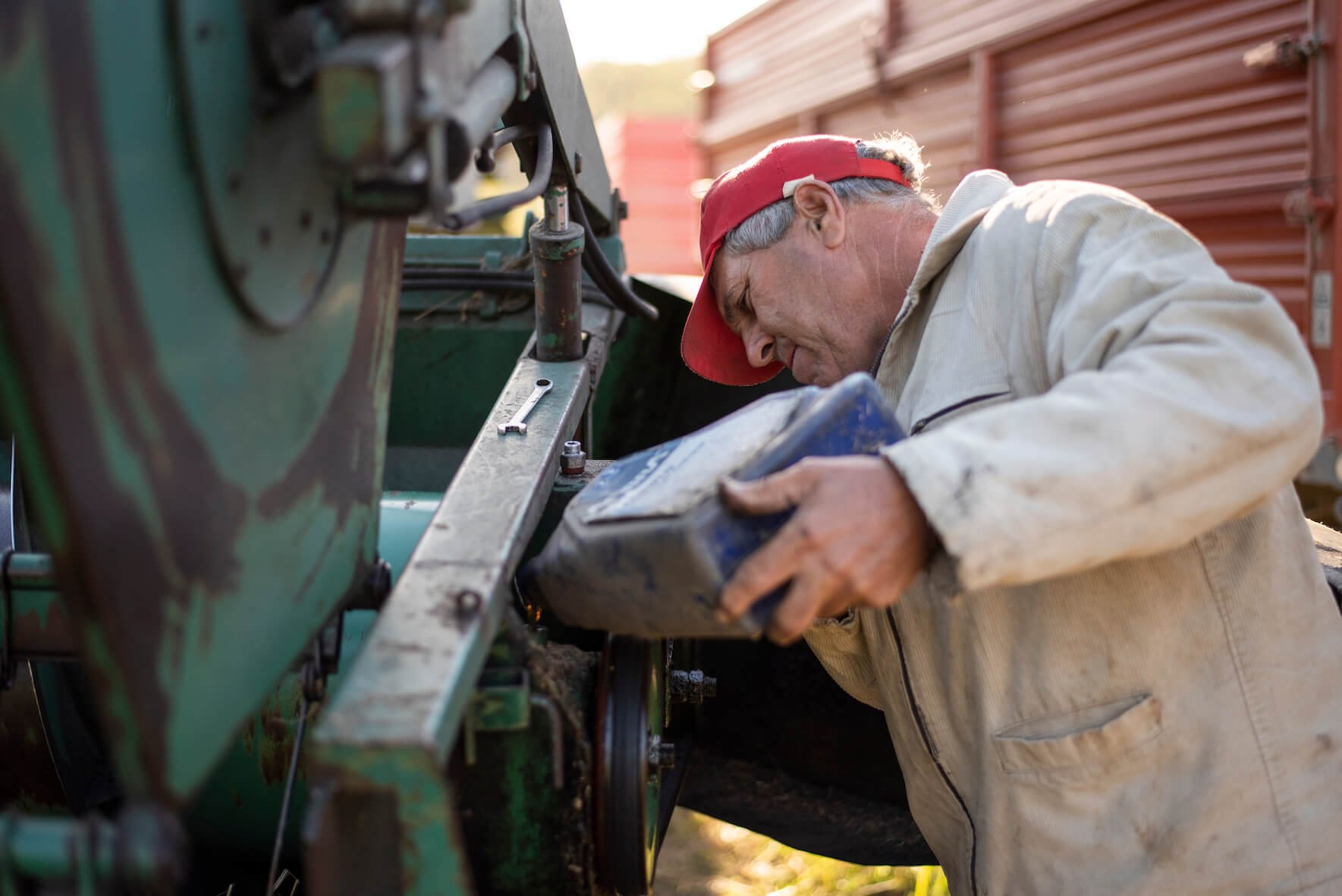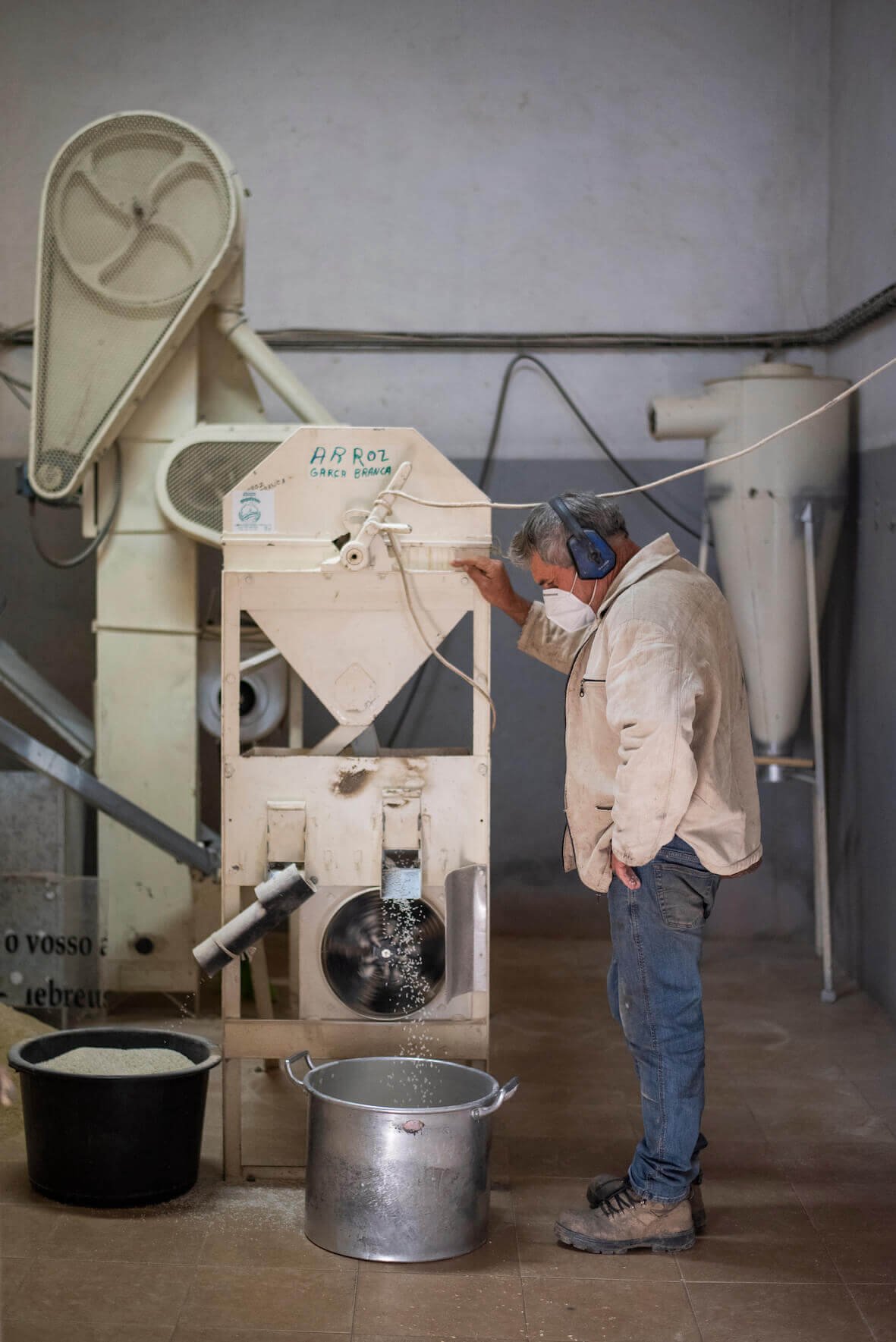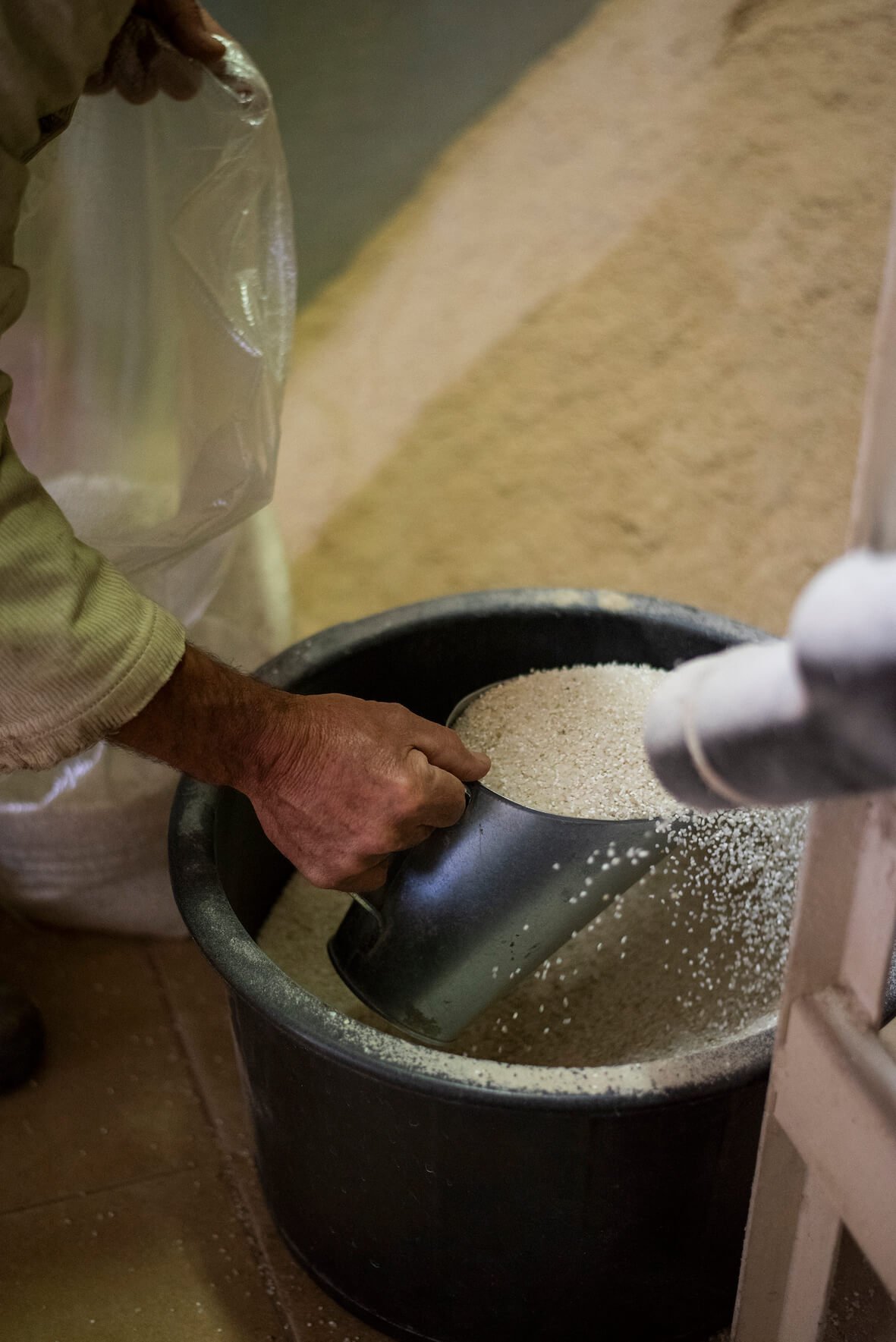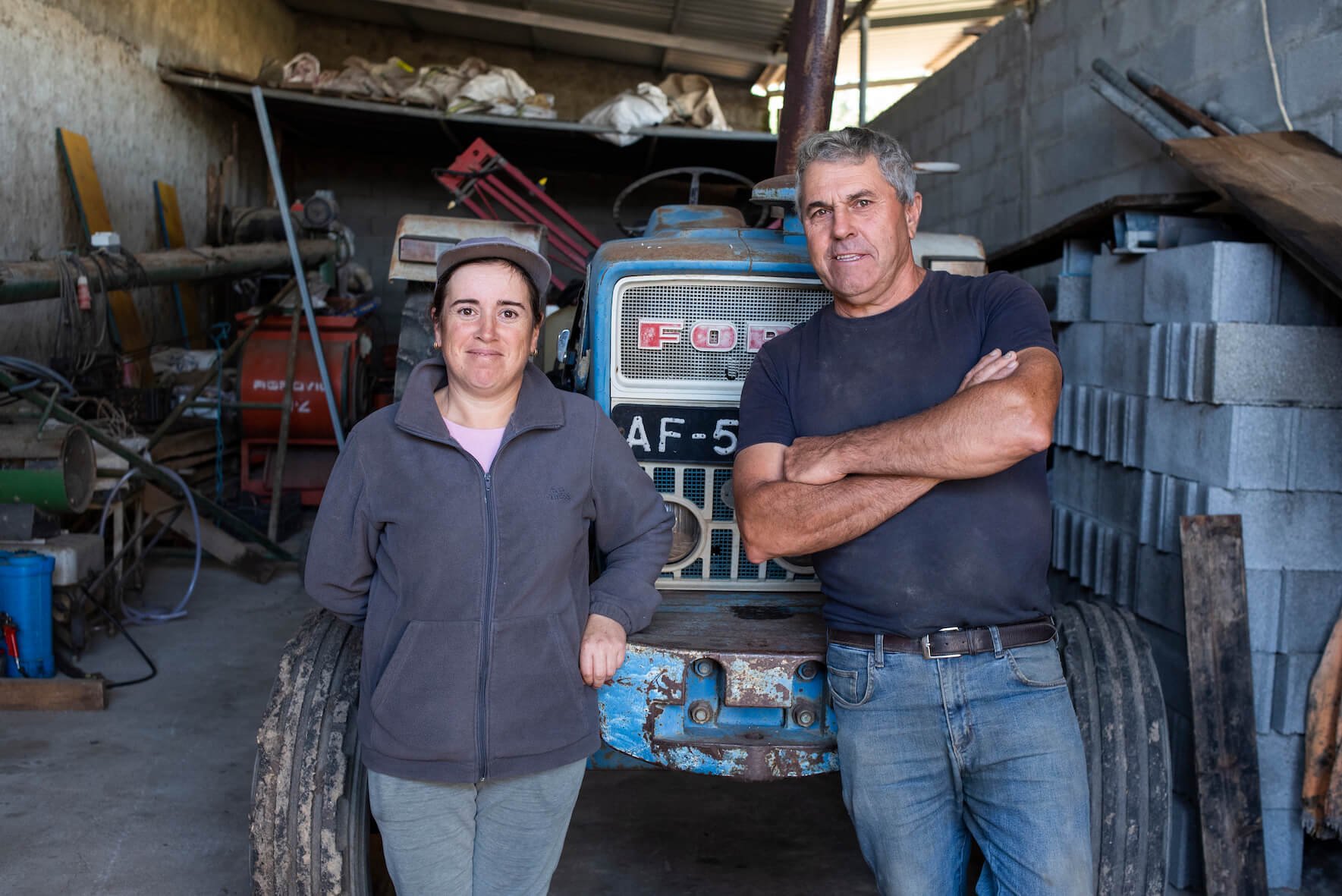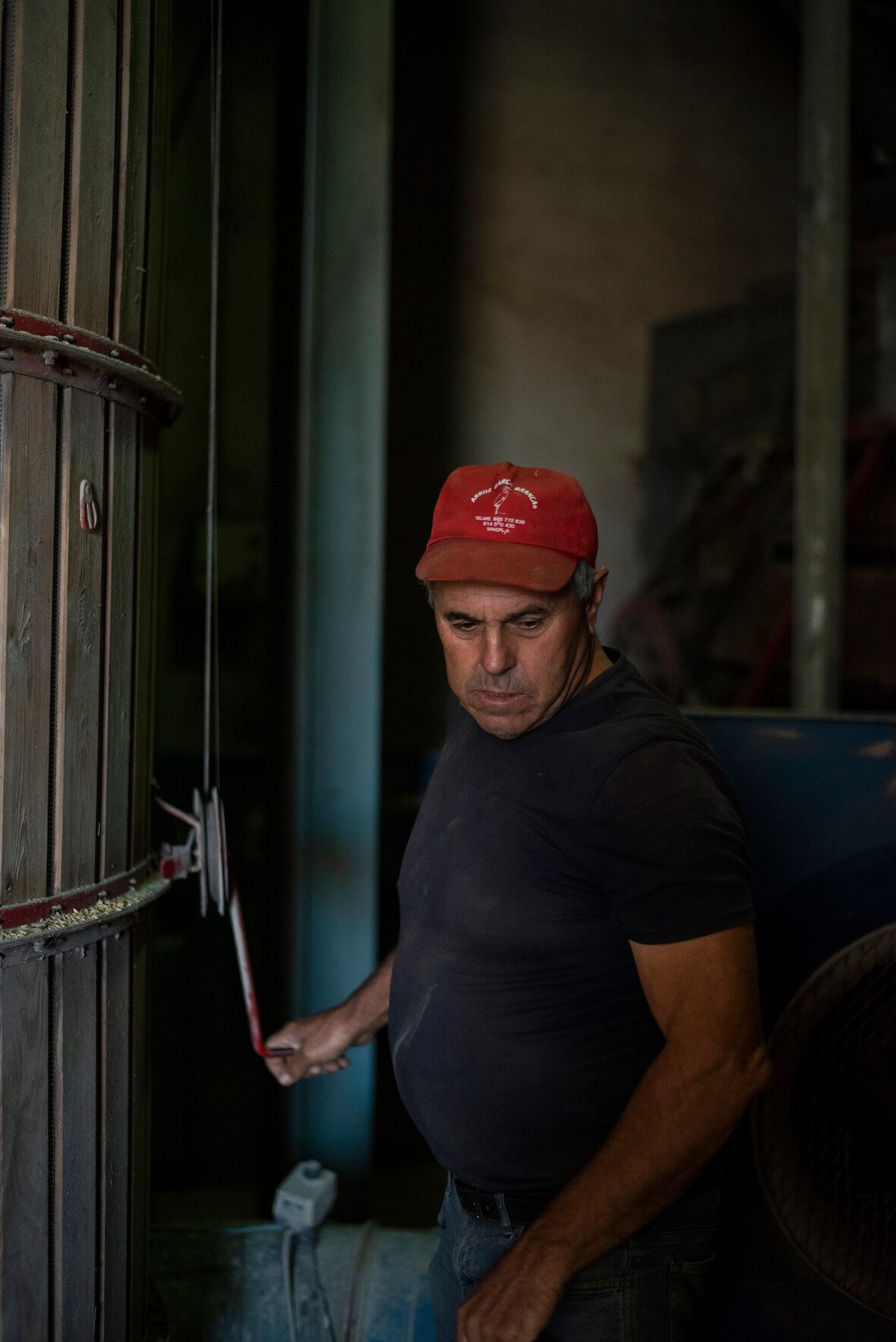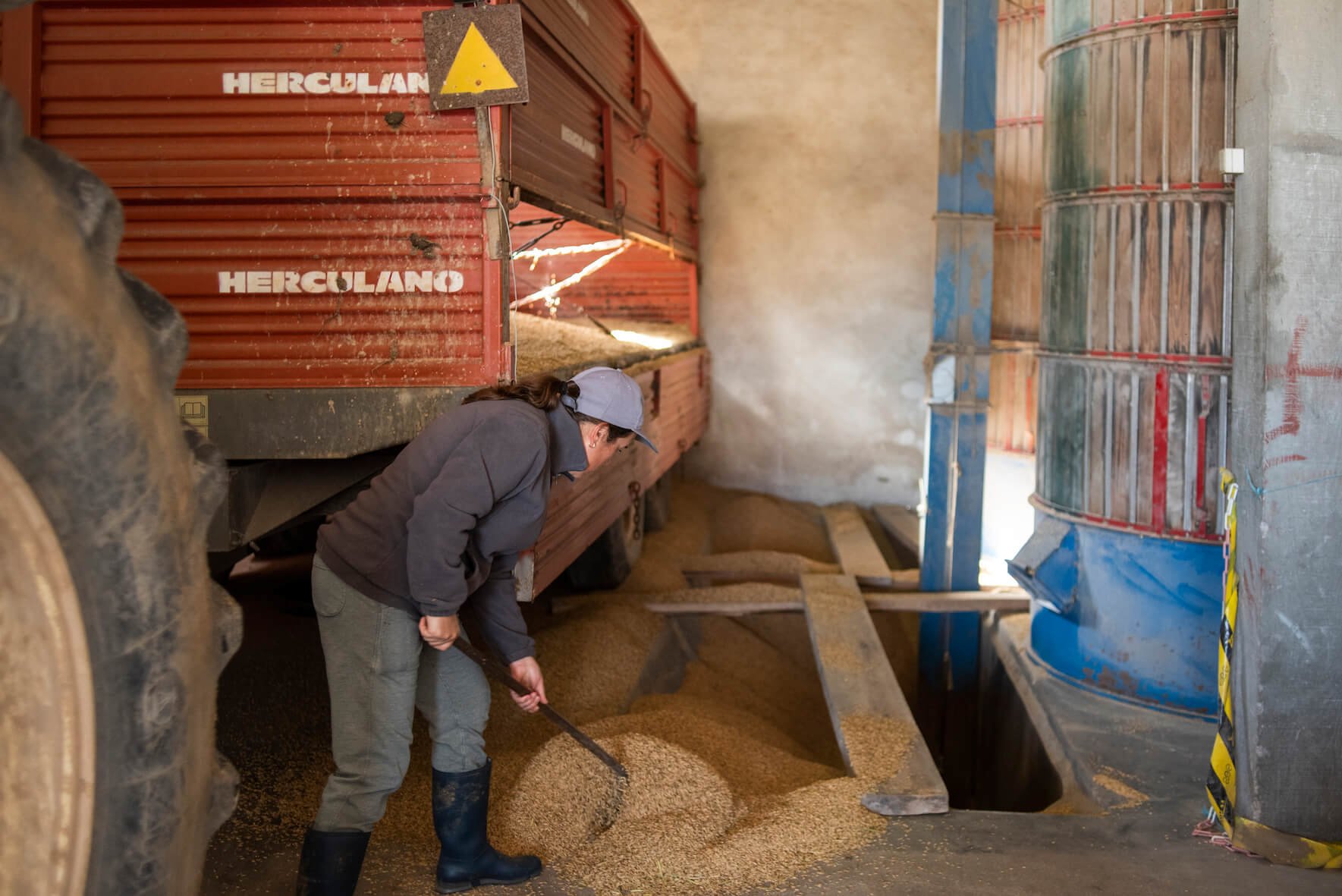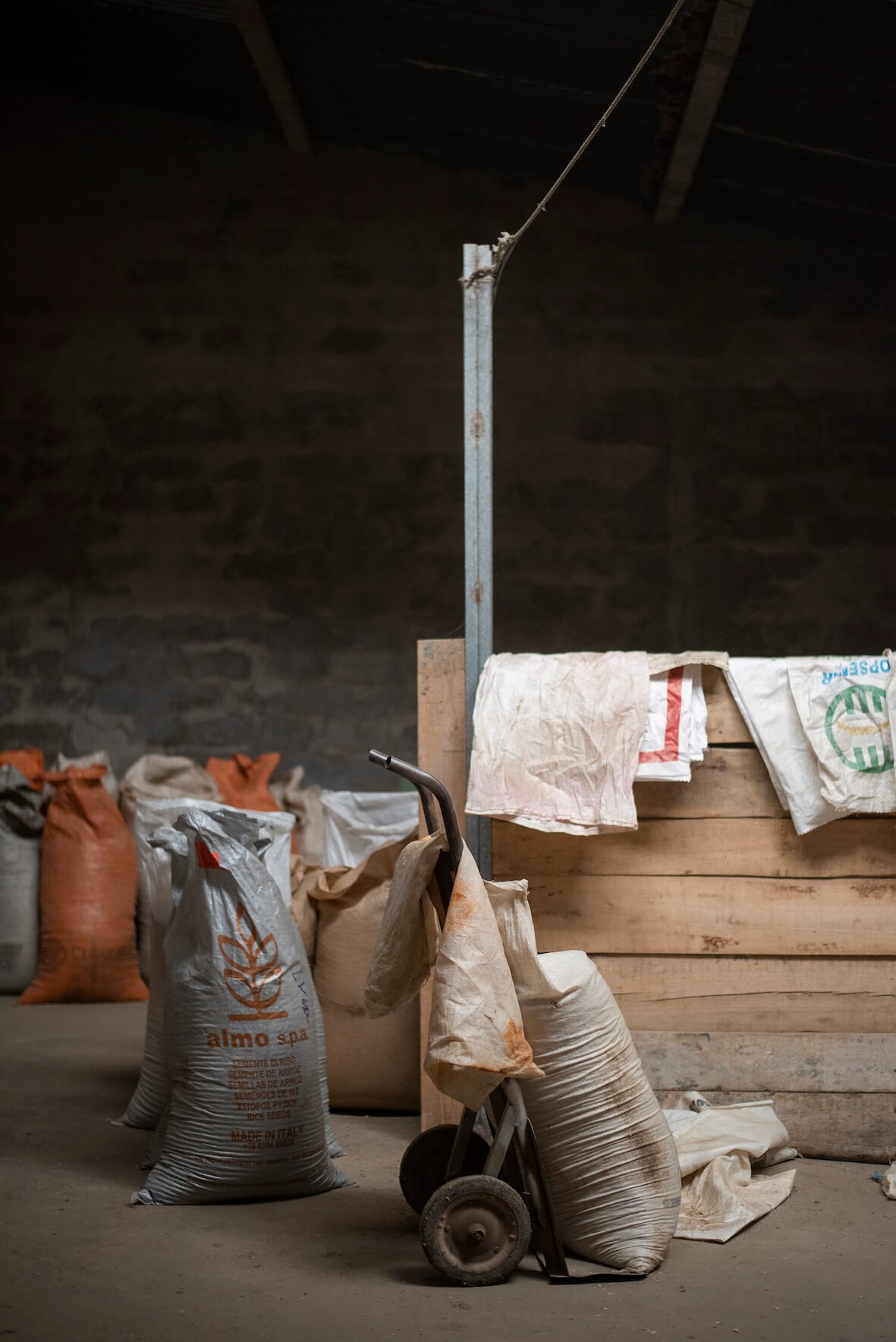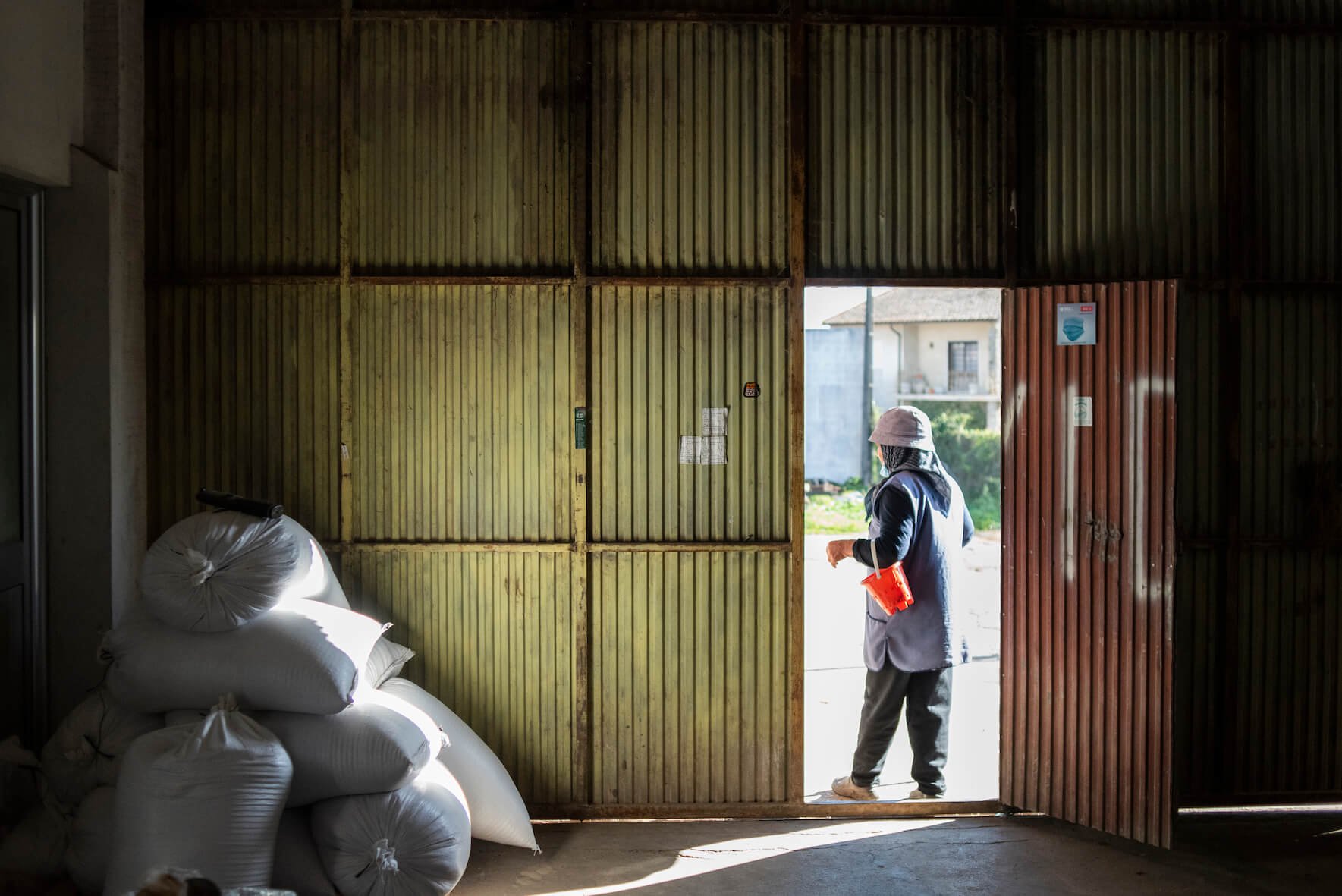jorge viera and his carolino rice
Around this time last year, our regular photographer Kerry Murray went on assignment to see where our rice comes from. She met the lovely Jorge Vieira of Garça Branca, the man behind this brand of Portuguese Carolino rice.
It may surprise you to know that the Portuguese are the largest consumers of rice in Europe, eating 15 – 16 KG of rice per person per year, compared with the 4 – 5 KG European average. Portugal produces around 60% of the total rice that they consume per year, which is why it is rare to find this particular type of rice anywhere else.
Rice isn’t grown in the UK so nearly all of the rice we eat comes from India and Pakistan. This means a voyage by container ship of at least 6400 nautical miles via the Suez Canal. That is a lot of fuel miles; just over a quarter way around our planet Earth!
Hence our excitement to find Jorje and to offer you his beautiful rice. Not only can we support his work and his care for the land, but we can be satisfied in knowing that our rice has been transported overseas just 630 nautical miles and by a ship powered by the wind in its sails.
Read on to learn more about Jorje and his rice.
New Dawn Traders: What is your name and where are we right now?
Jorge Vieira and I are in the Mondego Valley more specifically in the Figueira de Foz district, in the town of Maiorca, right on the doorstep of the Mondego rice fields.
This business was founded by my father and then I followed in his footsteps. First, we started with rice and founded the trademark, Garça Branca. The rice is grown in the Mondego River Valley more specifically the Arouca Valley, which is a tributary of the Mondego. There I have about 30 ha.
NDT: Is it just you, that works in the company at this point in time?
JV: “I sometimes have help from my niece and nephew and the grandchildren when they are on school holidays and occasionally my brother helps out when I need it, we help each other as he also produces rice, but it is mainly just me.”
NDT: What do you produce here?
JV: Basically what I produce is Carolino rice, although there is a small amount of Agulha rice, but this region is better for producing Carolino. Within the Carolino‘s there are various types we have one type that is particular to this region, the Ariete, an older cultivar. There are several other types as well but the most commonly grown here is the Ariete. This particular type of Carolino is stickier and is better for dishes such as rice pudding or a rice dish where you need a lot of starch and stickiness but it is a good rice, in general, it’s versatile and can be used for many different types of dishes which is why it is the most popular rice that I produce. I also produce a small amount of some other varieties of rice because sometimes regional restaurants will ask for a specific type of rice based on the dish that they want to prepare but by far the largest quantities are of the Ariete.
NDT: Tell me a little bit about yourself and what your role here is.
JV: I do a bit of everything, the mechanic, I’m the farmer, I do it all.
SB: (Sofia Bertão, Jorje’s assistant for the day interjects) He is the boss and also the lowest employee, he does everything. He is the bookkeeper and does the accounts, he fixes the machines when they break and keeps them running well so that they don’t cause problems. He clears the land and tills in the Spring in preparation for the planting, he plants the rice, fertilises, harvests, and brings the rice into the dryer, dehusks, and packages. He does everything every step of the way from the planting to the final product.
NDT: What stage of the production are we in at this time of year (October)?
JV: We are currently harvesting the rice so we are harvesting and drying at the same time and also storing the rice. Those three things are all happening simultaneously.
NDT: Can you explain a bit about the various processes, the planting, the harvest, and the drying?
JV: We start in March basically with preparing the lands for planting. Then more or less in April, we start planting and planting continues until the end of May. Once the rice begins to grow we fertilise with manure and then throughout the Summer, June, July, and August it’s just basically maintenance of the rice, pulling weeds et cetera. In August, the seeds start to appear at the top of the plant and the rice grains begin to develop. The rice plant begins to dry out and in the months of September and October, we harvest the rice when it is yellow and dry. More or less five months from planting to harvest.
NDT: What would you say are your biggest challenges or frustrations in this business?
JV: Challenges and frustrations I don’t know, when everything goes well there are no challenges or frustrations but when suddenly something breaks down, like the machinery, or if something gets stuck in the harvest and packing process, I have to stop everything, empty all the rice out and fix whatever the problem is. That can be quite frustrating. When we are planting and also when we are harvesting we have very short time periods in which to get things done and we’re also a bit at the mercy of the weather. So in a good year, with sunny days, we can harvest everything in two weeks. If the rains come early that period can stretch up to two months because we can’t harvest in the rain. Then we have to stop and wait, to harvest rice between periods of rain, so that can be quite frustrating.
NDT: What do you need more of?
JV: I am satisfied with the way things are. I think the most important is to be healthy and I can’t complain and I have enough work to keep me busy I have my house I am I’m happy with the way things are. There are times when I could do with a little bit of extra help. There are times of the year when there is a lot of work to do and not enough hands but apart from that I really can’t say that there’s anything that I need.
NDT: How did you get involved with sail cargo?
JV: Guilherme Passos (from the Passeite farm that supplies olive oil) contacted me and he and his wife came out to visit and to see my production. They had been in touch with another rice producer who had pulled out at the last minute and they were looking for a producer for the sail cargo and so this other man had recommended me and that was how I got involved.
LEARN MORE…
Rice in the UK
Rice Association
Carolino Rice
Photography: Kerry Murray
Words: Katrin Deeg

